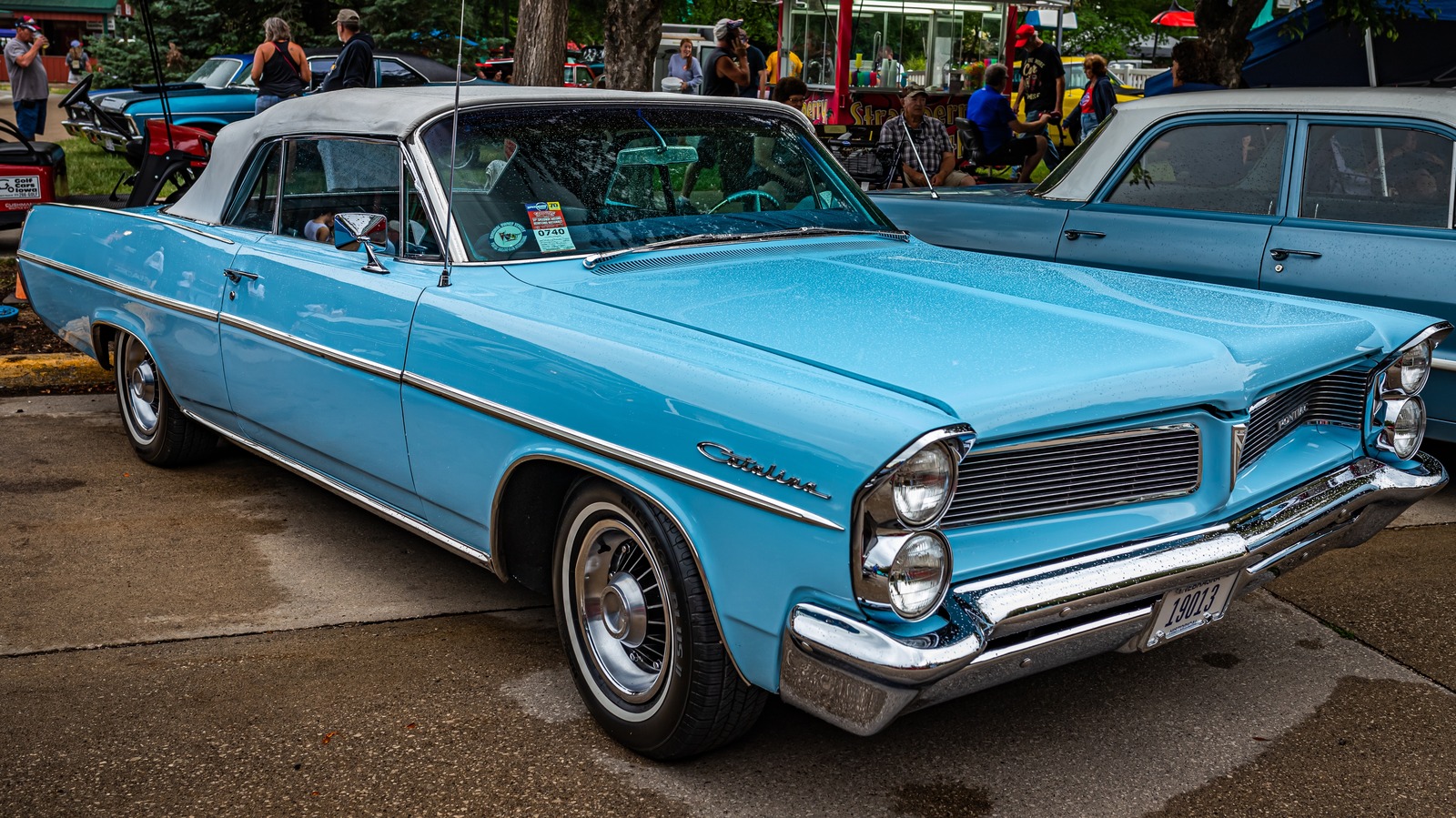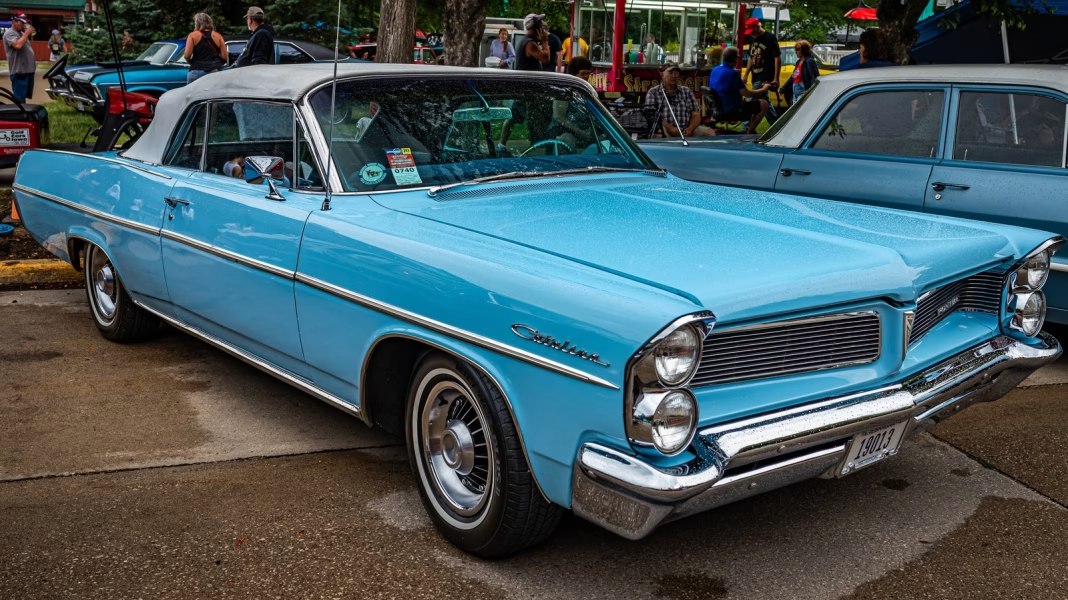Why Did Classic Pontiacs Have Eight-Lug Wheels Instead of the Usual Five?
If you’ve ever caught a glimpse of a vintage Pontiac—think early 1960s Bonnevilles or Catalinas—you might have noticed something a little unusual: wheels with eight lugs instead of the more common five. At first glance, they look like a flashy design choice, but there’s a lot more going on under the surface. So, what’s the real story behind those iconic eight-lug wheels?
What Problem Were Pontiac’s Eight-Lug Wheels Designed to Solve?
Back in the late 1950s and early 1960s, Pontiac was on a mission to boost both performance and safety. The brand was carving out a reputation for building powerful, full-size cars that could handle themselves on the street and the track. But there was a catch: traditional drum brakes, which were standard at the time, had a tendency to fade under hard use—especially in heavier, high-performance cars.
Enter the eight-lug wheel. Pontiac engineers weren’t just looking for a way to stand out visually; they wanted a technical edge. The eight-lug design wasn’t just about adding more bolts for strength. It actually integrated the brake drum and the wheel into a single, finned aluminum unit. This setup allowed for better heat dissipation, which meant the brakes stayed cooler and worked more consistently, even during aggressive driving or repeated hard stops.
How Did the Eight-Lug System Improve Performance and Safety?
The genius of the eight-lug wheel was in its construction. By combining the brake drum and the wheel, Pontiac created a larger surface area for heat to escape. The aluminum fins acted like little radiators, pulling heat away from the brakes far more efficiently than the old cast iron drums. According to period road tests and engineering reports, this translated to shorter stopping distances and far less brake fade—a big deal for anyone pushing their car to the limit.
Beyond the technical benefits, the eight-lug wheels also offered a stiffer, more secure mounting. With eight bolts instead of five, the load was spread out more evenly, reducing the risk of warping or loosening under stress. This was especially important for the heavy, high-torque V8s Pontiac was famous for.
Were Eight-Lug Wheels Only About Performance, or Was There a Style Factor?
Let’s be honest: the eight-lug wheels looked fantastic. The exposed aluminum fins and the sheer size of the drums gave these Pontiacs a distinctive, almost futuristic appearance. Car enthusiasts and collectors still rave about the visual impact today. But while the style was a bonus, it was always secondary to the engineering. Pontiac wanted to win on the street, at the drag strip, and in the showroom—and the eight-lug system helped them do all three.
How Rare Are Original Pontiac Eight-Lug Wheels Today?
If you’re hunting for a classic Pontiac with its original eight-lug wheels, prepare for a challenge. These wheels were only available from 1960 to 1968, and not every car left the factory with them. Over the years, many were swapped out for aftermarket wheels or lost to time. Restoring or replacing them isn’t cheap, either. Original eight-lug setups are highly sought after by collectors, and prices reflect that rarity. According to classic car auction data from 2023, a complete set in good condition can fetch thousands of dollars.
What’s the Legacy of Pontiac’s Eight-Lug Wheels in Automotive History?
Pontiac’s eight-lug wheels are more than just a quirky footnote—they’re a testament to the brand’s commitment to innovation during a golden era of American car design. The system influenced later developments in high-performance braking, paving the way for the disc brakes that would eventually become standard across the industry. Even today, the eight-lug wheels are a badge of honor among Pontiac fans, symbolizing a time when engineering ingenuity and bold design went hand in hand.
The big takeaway? Pontiac’s eight-lug wheels weren’t about perfection—they were about smarter adjustments. Start with one change this week, and you’ll likely spot the difference by month’s end. Sometimes, it’s the clever tweaks that make all the difference, both on the road and in life.


